
Some abnormalities of the skeletal origin canproduce certain problems. These problems are called crossbites. There are manydifferent types of crossbite and their treatments, which means that you will have to educateas much as possible on this theme in other to make the right decision andchoose the right surgery. Now, we will focus on the causes of the crossbite.The crossbite occurs when a tooth or several teeth in the lower jaw are more buccallylocated in the contrast to the upper jaw teeth. This is not unusual since theupper jaw should have somewhat more buccal location.
The cases of crossbite can be divided into mild(which are caused by misaligned teeth, dental or skeletal problems) and moreserious (when they are caused by skeletal nature). For the mild ones, treatmentconsists of wearing several types of orthodontic devices. But in the moreserious cases, the surgery will have to be performed since the orthodonticinstruments will not provide the wanted effect. Protrusive location of themandible (or the maxilla's retrusive position) is the most common culpritfor the serious cases, which are caused by the skeletal nature.
Now, when you know how crossbite occurs, we cango on to the treatment. There are two surgeries which can eliminate theproblem. The first is performed when the problem is connected to theprotruded mandible. This operation is named mandibular sagittal splitosteotomy. During this surgery, the teeth are divided bilaterally into twoparts. The split is done in the region of wisdom teeth. When the jaw isdivided, next step is to push the jaw back. Doctors have to be careful in thisstage of the operation, to make contact with the bone. This will promotehealing. Then the incisions are made on the external skin in order to insert thescrews and place the jaw in new location. The bandage around the upper andlower jaw has to be worn for two weeks, to make the position as natural aspossible. Retruded maxilla has to be returned in proper position. Thisoperation will be performed by surgeon and orthodontist. The surgery consistsof removing the maxilla from the skull and then placing it in a properposition. In order to fix the new position, titanium screws are placed. Whenthe surgery is complete, an orthodontist comes in play. He will see if someorthopedic instruments are required. Both of these surgeries are performedunder general anesthesia.


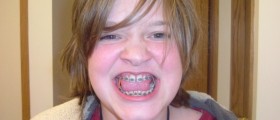
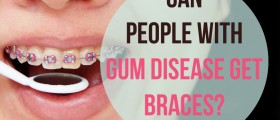
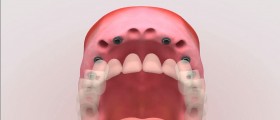
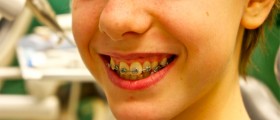
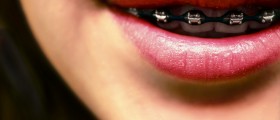
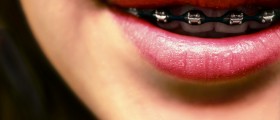
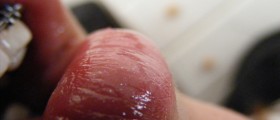
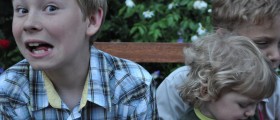
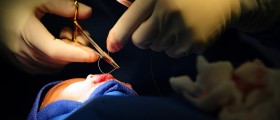

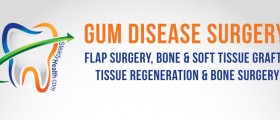
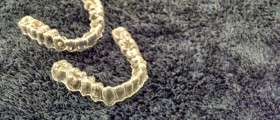
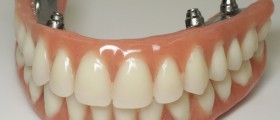

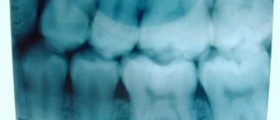
Your thoughts on this
Loading...